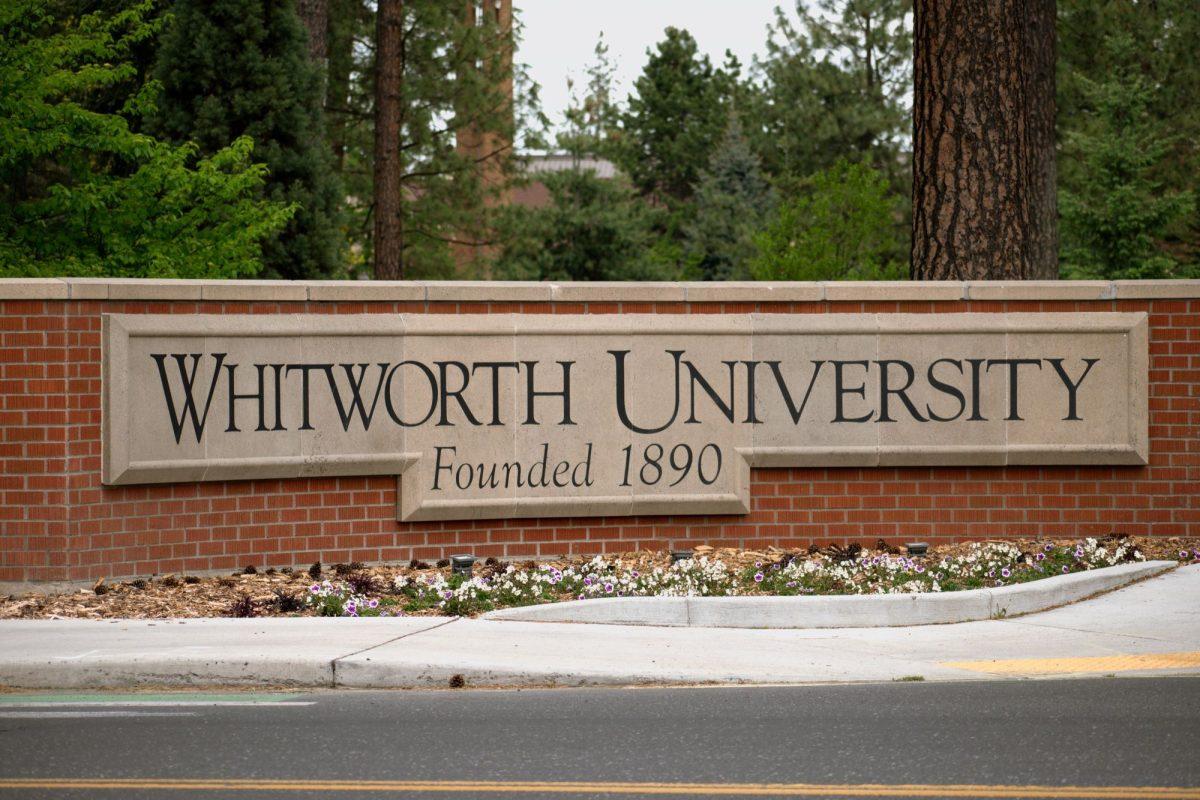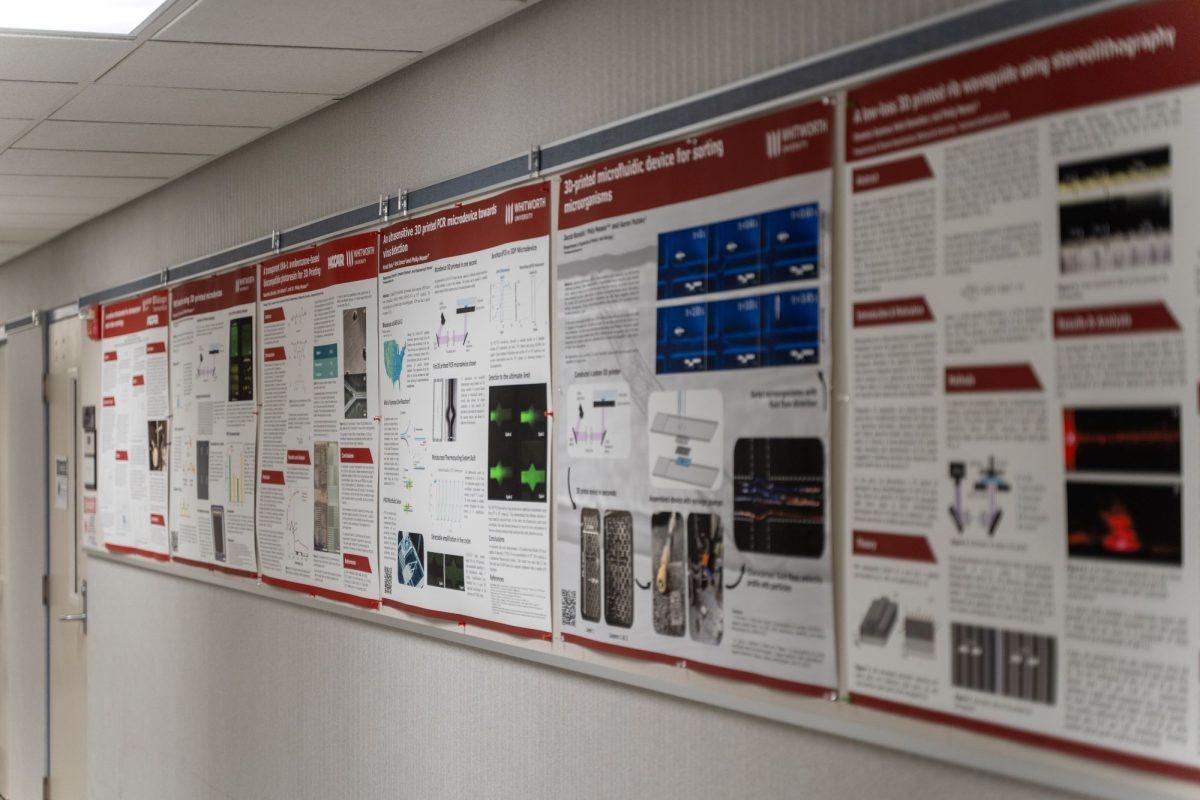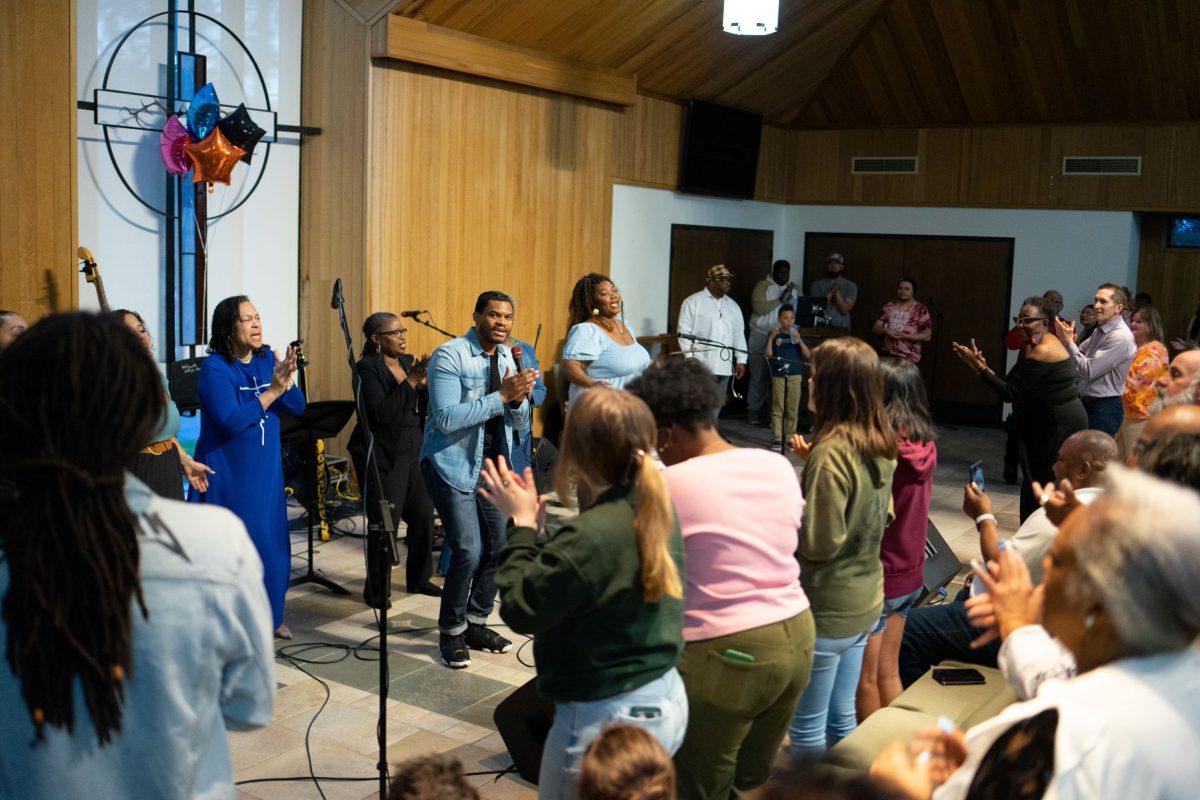Note: A correction was made to this article regarding to whom the IDC will report its findings. The Whitworthian incorrectly reported that the IDC reports to the President’s Cabinet, when in fact they report to the University Council.
The Halualani Campus Experience Survey that students, faculty and staff took earlier this year has prompted discussion and action on the part of the Institutional Diversity Committee (IDC).
From the results of the survey, Dr. Rona Halualani of Halualani & Associates reported that “students provided the most positive comments on all of the qualitative items, according to the survey summary. Student responses highlighted immediate needs such as financial and academic support. They also identified the need for diversifying the student body and training faculty to be more inclusive of students and their differences.” Twenty-one percent of Whitworth students took the survey.
Halualani also reported that staff respondents (67 percent of total staff) were more negative and focused on the work environment, while faculty (47 percent) members’ responses showed their desire for a vast range of possible improvements to make concerning diversity.
“It’s important, first and foremost, that we understand the gift of diversity, because God created a very diverse human family,” said Larry Burnley, Assistant Vice President for Diversity and Intercultural Relations and chair of the IDC. “In our brokenness as humans, we’ve used diversity as an opportunity to build walls between us based on difference.”
The IDC, reporting to the University Council, plans to develop a comprehensive report, due in the fall, that will construct a game plan around the five priorities that came from the suggestions from the Halualani survey, Burnley said.
“We need a diversity master plan,” Burnley said. “Vision 2021 says the ‘what’ about diversity. It doesn’t say ‘how.’”
The second point is professional development and training. In the survey, about 52 percent of faculty said they think diversity training should be required.
“That’s amazing to me,” Burnley said. “That’s great. How often are you going to have faculty saying that something more should be required of them?”
Curricular and co-curricular development is the third priority. There are many courses that satisfy the American Diversity or Global Perspectives general education requirements that do not necessarily teach students about diversity, senior and Cultural Events Coordinator Andriana Siefe said.
“If a student takes American Sign Language, it counts as an American Diversity credit,” Burnley said. “Not that this class isn’t important, but it doesn’t meet have the qualities that this type of course should have.”
The IDC would also like to address concerns with recruitment, retention and climate as the fourth goal.
The final objective of the IDC is to implement “appropriate organizational infrastructure to drive, assess and sustain high-impact institutional goals.” This includes both the goals listed in the 2021 plan and Whitworth’s mission to honor God, follow Christ and serve humanity.
“I think the biggest thing that the Halualani reports pointed out, and I think is very true on campus, is the fact that students understand that diversity is important, because it’s a mantra,” Siefe said. “They hear Whitworth saying that we need to increase diversity, and they understand that it is important, but they don’t know why it’s important and they don’t understand the scope of diversity.”
Next year’s Cultural Events Coordinator, junior Ashton Skinner, said that she wants to spread awareness for all types of diversity.
“I don’t think any one part of a person’s identity should define them,” she said. “We all have many different identifiers.”
Contact Katie Shaw at [email protected]







